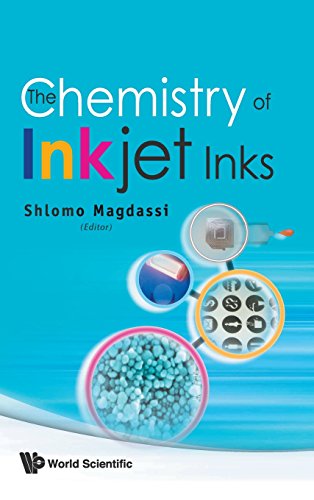The Chemistry of Inkjet Inks pdf
Par white donna le vendredi, mai 6 2016, 18:37 - Lien permanent
The Chemistry of Inkjet Inks by Magdassi S.


The Chemistry of Inkjet Inks ebook
The Chemistry of Inkjet Inks Magdassi S. ebook
ISBN: 9812818219, 9789812818218
Format: pdf
Page: 339
Publisher: WS
(Phys.org) —A team of researchers working at China's University of Science and Technology has succeeded in developing a chemical mapping technique capable of revealing the constituent atoms of a single . Any sites or information is greatly appreciated! (Phys.org) —Using an ink containing tiny graphene flakes, scientists have inkjet-printed graphene patterns that can be used for printing finely detailed, highly conductive electrodes. I'm writing a science report and I can't find any good information on the chemical make-up of printer ink. Your Options – If you eventually decide to use your printer's own brand, the benefits are easy To disperse ink, inkjet uses liquid ink by way of microscopic jet (hence Ink-Jet), while laser uses powder, which melts after undergoing extreme hot fusion. The liquid ink-jet can be divided into the bubble and liquid piezoelectric. The quality of an inkjet printing is very much influenced by the physico-chemical properties of printing ink. It is the work of external supplier who specializes in the chemical knowhow that coats the paper to create 'photo paper'. The technology bubble by heating the nozzle, the ink bubbles, spray on to the print media. A paper describing the research, 'Inkjet Printing of High Conductivity, Flexible Graphene Patterns,' has been published in Journal of Physical Chemistry Letters. Here lies the importance of inkjet dyes. Using a custom ink-jet printing system, the researchers printed hundreds of small dots of LC materials onto a substrate covered with a wet polymer solution layer.
An introduction to modern astrophysics pdf free